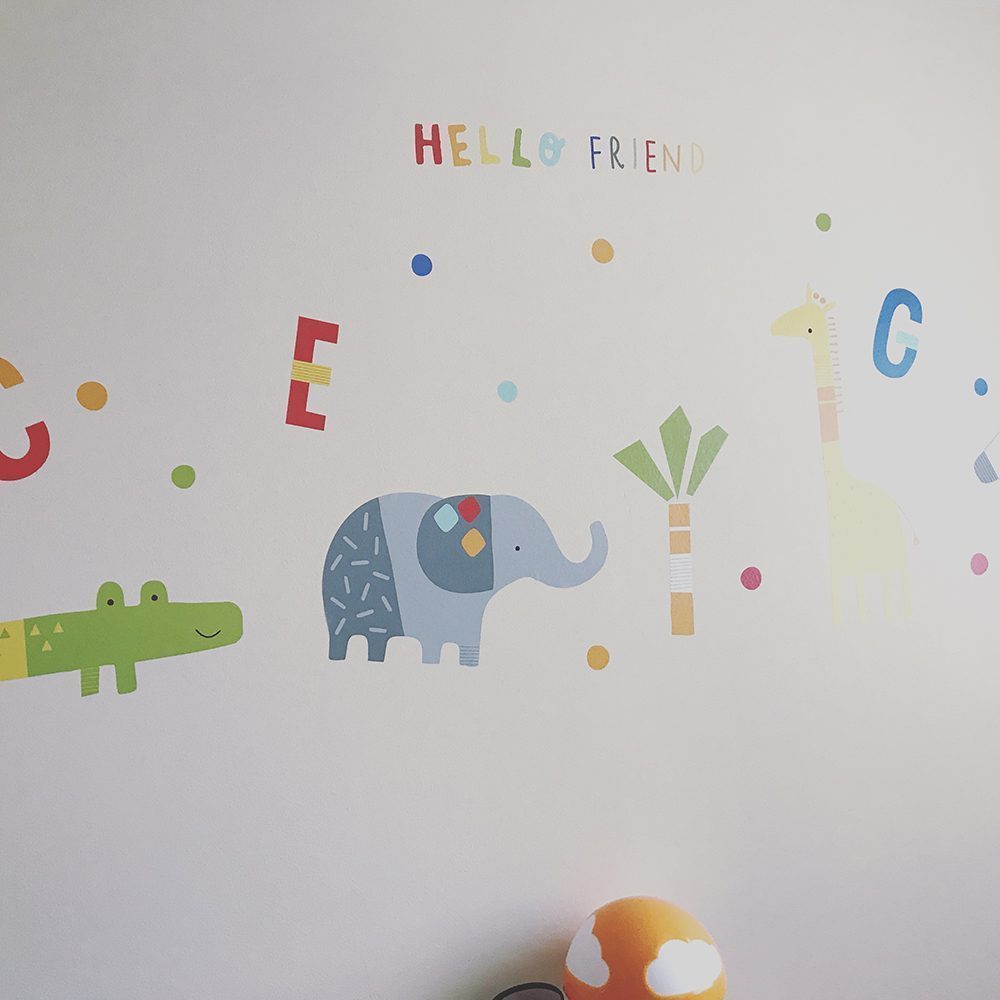How Can You Successfully Transition Your Child from Crib to Bed?
This is a collaborative post
Transitioning a child from a crib to a bed is a significant milestone in their development. This change can be exciting for both parents and children, but it also requires careful planning and consideration. The ideal time to make this transition is typically between 18 months and 3.5 years old, depending on the child’s readiness and developmental stage.

Parents should look for signs that their child is ready for a bed, such as consistently climbing out of the crib or showing interest in a “big kid” bed. It’s important to involve the child in the process, allowing them to help choose their new bed and bedding. This can make the transition more exciting and give them a sense of ownership over their new sleeping space.
When making the switch, maintaining consistent bedtime routines is crucial. This helps provide a sense of familiarity and security during the change. Parents may also want to consider practical kids’ beds for small rooms, such as toddler beds or twin beds with safety rails, to ensure a smooth and safe transition.
Key Takeaways
- Timing the transition based on the child’s readiness is essential for success
- Involving the child in choosing their new bed can make the process more exciting
- Maintaining consistent bedtime routines helps provide security during the change
Preparing for the Transition
Transitioning from a crib to a bed is a significant milestone for toddlers. Proper preparation can make this change smoother for both children and parents. Recognizing the right time, selecting an appropriate bed, and ensuring safety are key factors to consider.
Recognizing the Right Time
Most children transition to a toddler bed between 18 months and 3 years old. Look for signs that your child is ready, such as climbing out of the crib or asking for a “big kid” bed.
It’s best to wait until your child is at least 2 years old if possible. This allows for better understanding of the change and improved communication skills.
Avoid making the switch during other major life changes like potty training or starting daycare. Choose a time when your family’s routine is stable.
Choosing the Right Bed
Select a bed that suits your child’s needs and your space. Options include:
- Convertible cribs that transform into toddler beds
- Standalone toddler beds (usually suitable for ages 2-5)
- Twin beds with safety rails
Consider your child’s size and preferences. Some toddlers feel more secure in a smaller bed, while others may prefer a “grown-up” twin bed.
Involve your child in the selection process if possible. Let them choose bedding or pillows to increase excitement about the new bed.
Ensuring Safety
Safety is paramount when transitioning to a toddler bed. Take these precautions:
- Install bed rails to prevent falls
- Place the bed against a wall for added security
- Use a firm mattress that fits snugly in the bed frame
- Remove any cords or strings from window coverings
- Secure furniture to walls to prevent tipping
Childproof the entire room, as your toddler will now have free access. Cover electrical outlets and remove or secure any potential hazards.
Consider using a baby gate at the doorway to keep your child in their room during the night if needed.
Establishing New Routines
Transitioning your child from a crib to a bed requires establishing new routines. These routines help create a sense of security and predictability for your toddler during this significant change.
Creating a Bedtime Routine
A consistent bedtime routine is crucial for a smooth transition to a toddler bed. Start the routine about 30 minutes before bedtime. Include calming activities like reading a story, singing a lullaby, or taking a warm bath.
Keep the order of activities the same each night. This predictability helps signal to your child that it’s time to wind down and prepare for sleep. Limit screen time before bed, as it can interfere with sleep quality.
Involve your toddler in the routine by letting them choose their pajamas or bedtime story. This gives them a sense of control and makes the process more enjoyable.
Addressing Midnight Wanderings
With newfound freedom, your child may attempt to leave their bed during the night. Remain calm and consistent in your approach to these situations.
• Gently guide your child back to bed without engaging in conversation or play. • Use a nightlight to help them navigate safely if they do get up. • Consider a baby gate at the bedroom door for safety.
Praise your child in the morning for staying in bed. Positive reinforcement can encourage good sleep habits. If wanderings persist, create a reward system for staying in bed all night.
Managing Other Transitions
The move to a toddler bed often coincides with other developmental changes. Be prepared to adjust routines as needed.
Potty training may affect nighttime routines. Place a small potty in the room for easy access. Ensure your child uses the bathroom before bedtime to minimize nighttime wake-ups.
As your toddler grows, they may drop their daytime nap. Adjust bedtime earlier if needed to prevent overtiredness. Watch for signs of fatigue and be flexible with your schedule.
Maintain consistency in other daily routines to provide stability during this transition period. Regular mealtimes and playtimes can help your child feel secure amidst the changes in their sleep environment.
Conclusion
Transitioning a child from crib to bed is a significant milestone. Patience and preparation are key to a smooth transition. Most experts recommend waiting until around age 2.5-3 years old when children are developmentally ready.
Creating a consistent bedtime routine and making the new bed appealing can ease the change. Safety precautions like childproofing the room are essential. With the right approach, parents can help their child successfully adapt to their new sleeping arrangement.



